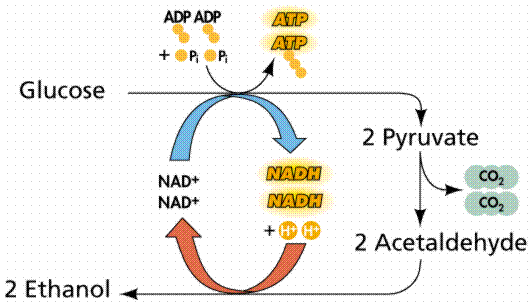Bk828: I very much appreciate the time which you spent in preparing your post and & Sp I appreciate your significant input also.
Yall are responding as I typically do: someone asks what time it is and I believe that in order to appropriately answer their question I explain the construction of a Swiss chronomator.
The space which I have available is usurped by a two liter bottle.
The first 24 hours after I implemented the generator the liquid was fairly clear but a significant quantity of "foam" was present on the surface of the liquid.
During the second 24 hours the liquid has become a milky white and the foam on the surface of the liquid has decreased.
1) Is my generator producing CO2?
2) Also anyway to tell other than by plant growth if the generator tube, the terminus of which is approximately half way into the tubing from the sump to the tank return pump, is inducing CO2 into the tank water?
TR
Yall are responding as I typically do: someone asks what time it is and I believe that in order to appropriately answer their question I explain the construction of a Swiss chronomator.
The space which I have available is usurped by a two liter bottle.
The first 24 hours after I implemented the generator the liquid was fairly clear but a significant quantity of "foam" was present on the surface of the liquid.
During the second 24 hours the liquid has become a milky white and the foam on the surface of the liquid has decreased.
1) Is my generator producing CO2?
2) Also anyway to tell other than by plant growth if the generator tube, the terminus of which is approximately half way into the tubing from the sump to the tank return pump, is inducing CO2 into the tank water?
TR




